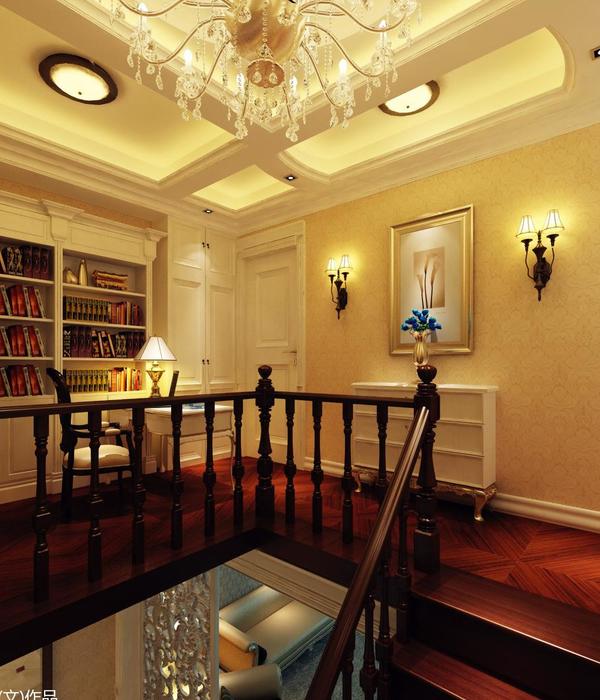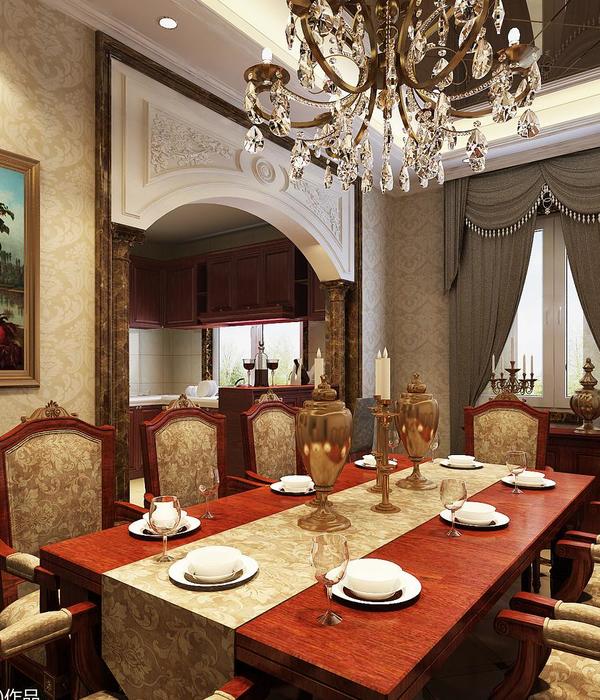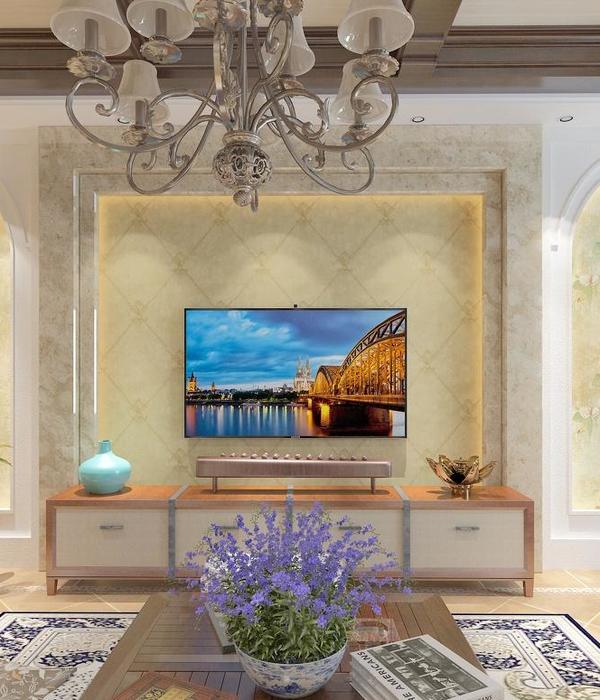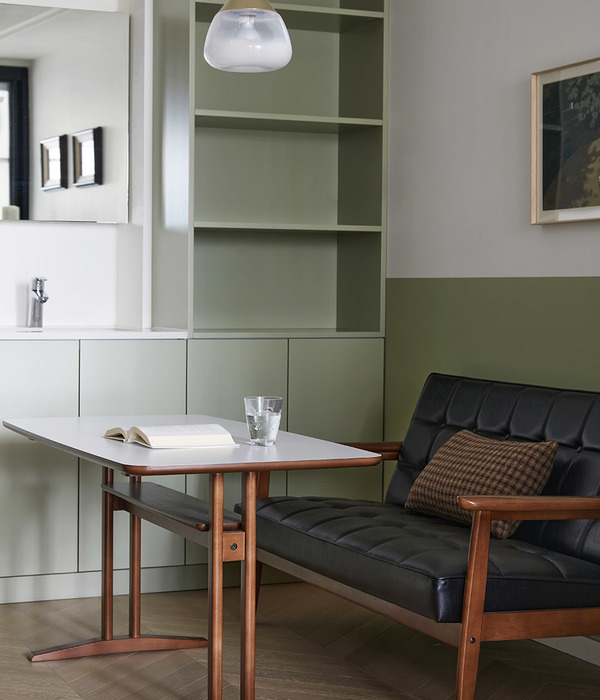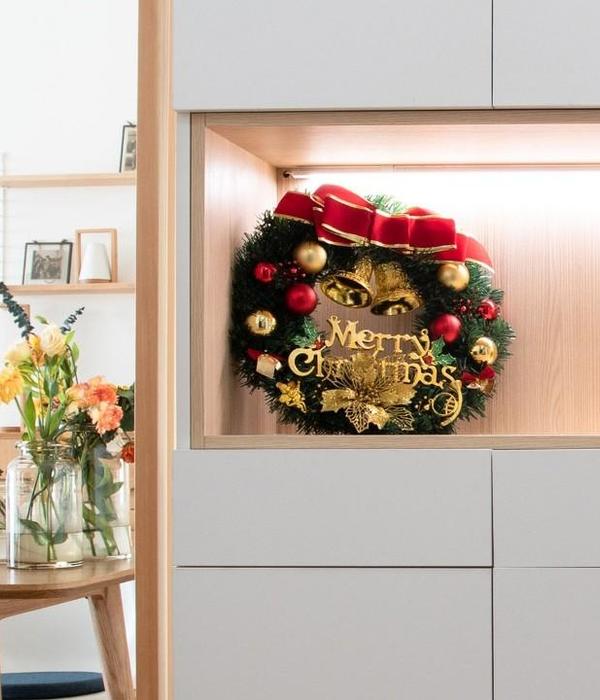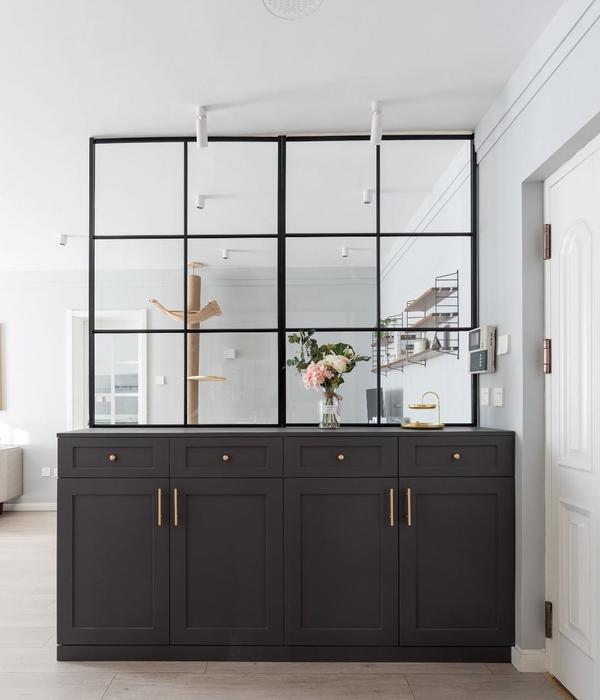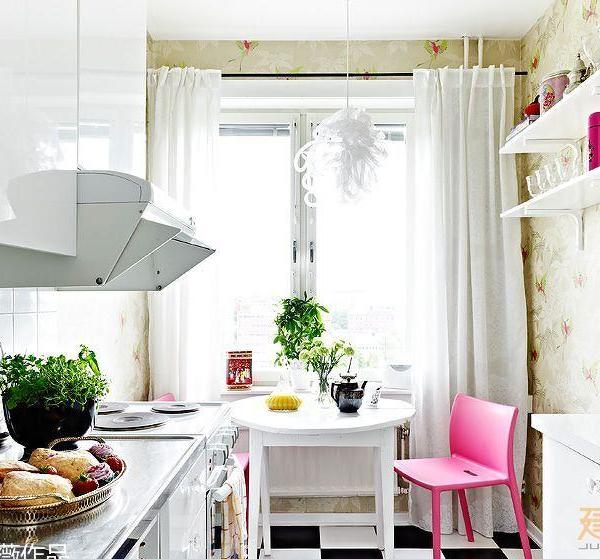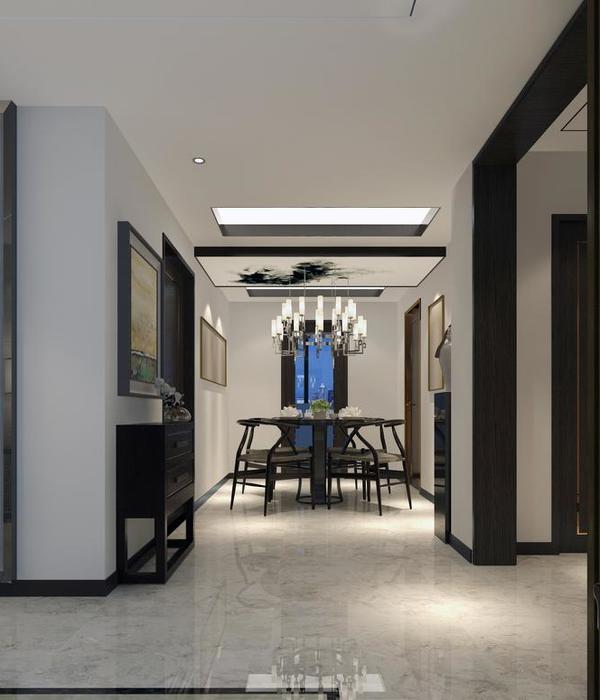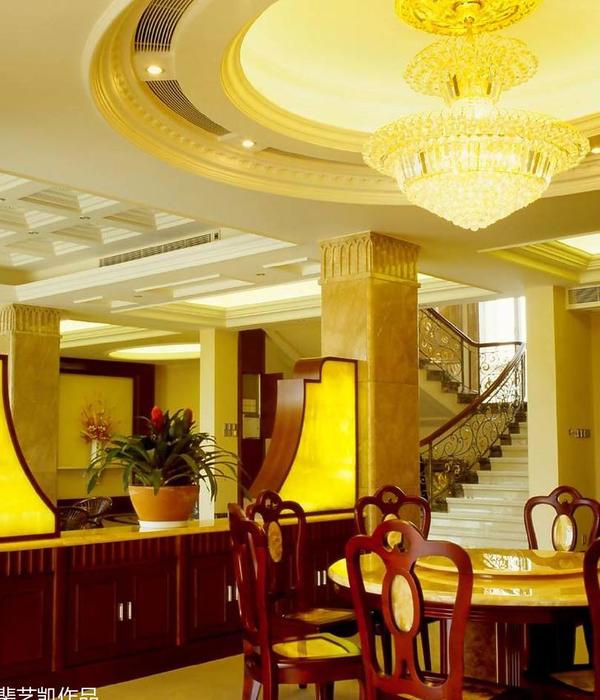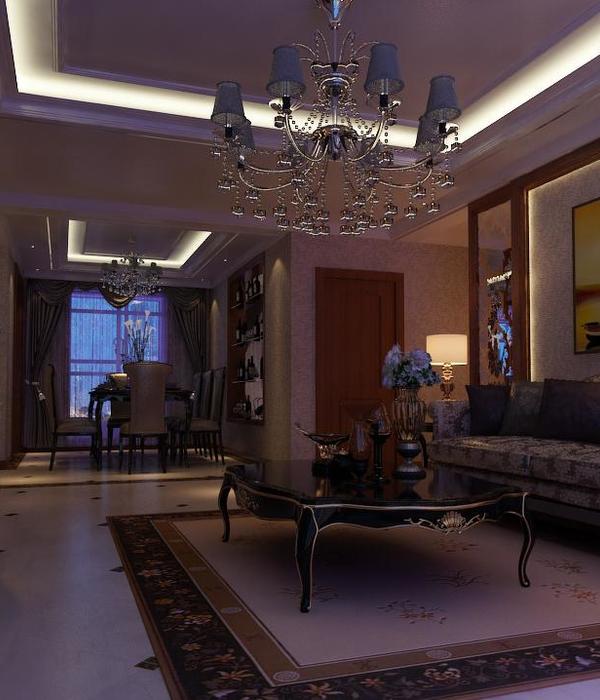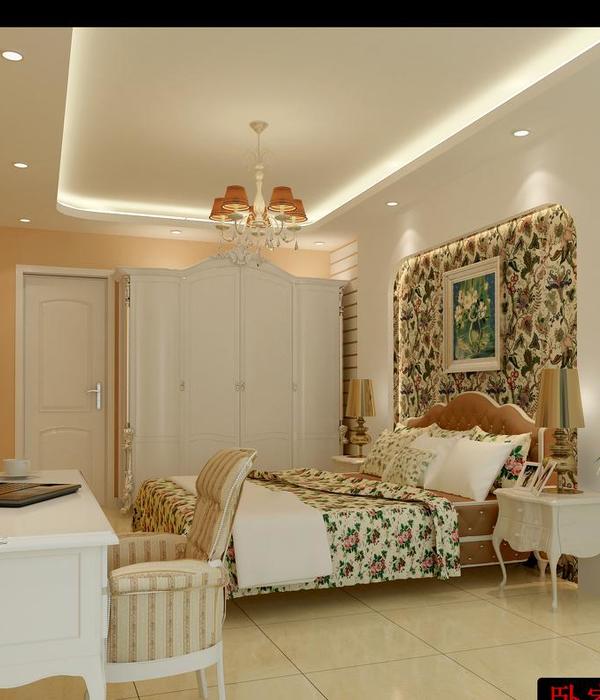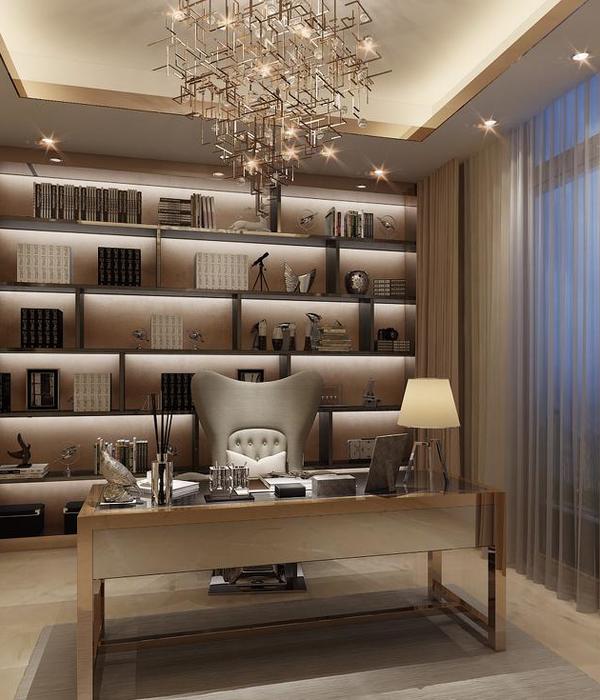斯图加特大学的ITECH研究组在2018-19阶段开发了一种自适应性的结构,其灵感来源于瓢虫翅膀的折叠机制。该结构由两个可调节的折叠单元组成,材料选用了碳纤维和玻璃纤维增强塑料,是第一个以工业铺带技术自动装配的大尺寸适应性机械装置。
▼项目概览,project overview
The ITECH Research Demonstrator 2018-19 investigates large-scale compliant architecture inspired by the folding mechanisms of the Coleoptera coccinellidae (Ladybug) wings. The demonstrator is composed of two adaptive folding elements made of carbon and glass fibre-reinforced plastic. The demonstrator is first of its kind to employ industrial tape-laying technology for an automated fabrication of large-scale compliant mechanisms. Their kinetic behaviour is achieved through distinct compliant hinge zones with integrated pneumatic actuators. An interactive control system, consisting of integrated sensors, online communication, and backend computational processing, facilitates interactive and user-controlled adaptation. The project is part of a successful series of research demonstrators showcasing the potential of computational design, simulation and fabrication processes in bio-inspired architecture. The project was designed and realized by students and researchers, supported by a multi-disciplinary team of architects, engineers, biologists, and palaeontologists.
▼结构外观,Completed Demonstrator on site
▼鸟瞰,aerial view
自适应结构历来是建筑师和工程师们不懈探索的领域,并且已经产生了许多概念和技术上的方案,其目的是使建造系统满s足不断变化的空间和结构需求,并且及时对环境变化做出回应。最新的自适应结构案例大都是在缸体力学的基础上提出的,该项目的不同之处在于,它探索了纤维增强塑料材料在大型动力折叠系统中的应用潜力,并尝试通过枢纽带的弹性形变来实现空间的重构。此外,它并非只是将计算机技术和机器人系统运用到设计和制造的过程中,而是使其成为结构本身。一体化的动力系统能够自动调整结构的围合程度,同时作为一个自动化的建筑系统来与使用者进行交互和沟通。
The pursuit of adaptive structures has captivated architects and engineers throughout history – many concepts and technical solutions have been proposed that might enable building systems to respond to varying spatial and structural demands, as well as to react to changing environmental influences. While most recent examples of adaptive and reconfigurable architectural elements rely on rigid body mechanics, this demonstrator explores the potentials of utilizing fibre-reinforced plastic materials in large-scale kinetic folding systems, utilizing the elastic deformation of distinct flexible hinge zones to enable spatial reconfiguration. Furthermore, it attempts to utilize computational methods and robotic systems not only for design and fabrication, but also as the architecture itself. The overall kinetic system, which can modify its degree of enclosure, is an intelligent robotic architectural system – able to react to and communicate with its users through spatial configuration.
▼结构模仿了瓢虫翅膀的折叠机制,a large-scale compliant architecture inspired by the folding mechanisms of the Ladybug wings
An initial biomimetic investigation preceded design development to identify functional kinematic principles which could be abstracted and transferred to technical architectural applications. In collaboration with Institute of Evolution and Ecology and the department for Paleobiology of the University of Tübingen, the kinematic behaviour of origami like folding patterns of Coleoptera coccinellidae wings were identified as promising biological role-models.
Many beetle species cover their thin and fragile hind wings with more robust forewings. In order to compactly pack them under the forewings, the wings fold along distinct flexible hinge zones with specifically defined mechanical properties. Folded, elastic energy is stored in the hinges to enable a rapid unfolding in case the insect must escape danger. Those patterns can be mathematically described as flexagons, a common origami folding pattern. Through analysis and mathematical geometric descriptions, it was possible to investigate and abstract the kinematic behaviour, enabling distinct elastic hinge zones to be materialized with specifically programmed material gradients within the fibre-reinforced plastic.
▼结构细部,detailed view
项目团队专门开发了一个综合性的数字化工作流程,能够对构件设计、动力学行为、结构分析和模拟以及装配数据生成等多方面因素进行整合。
An integrative digital workflow was developed to integrate multiple considerations, including component design, kinematic behaviour, plate discretization, simulation and structural analysis, as well as generation of fabrication data.
▼工作流程示意,workflow
基于平面的折叠图案和构件轮廓会在该流程中被转化为三维的形态,并且可以实现方向和倾斜度的调节。随后生成的动力学骨架将被用于测试折叠行为。在各种限制条件和结构考量因素的基础上对构件进行离散后,将确定出具体位置所要采用的材料,并将模型发送至有限元分析(FEA)软件以模拟运动和负荷行为。在最后一个阶段,描述刚度变化和离散模式的分析图将被用于计算层压面板的定向性。定制的计算机工具可以直接输出关于机器人和机械控制的数据文件,从而实现全自动的工业铺带程序。
After the folding pattern and component contours were designed purely in two dimensions, the geometry was transferred into three-dimensional position, enabling adjustment in the orientation and inclination. A kinematic skeleton was developed based on the initial two-dimensional folding pattern, used to evaluate folding behaviour. Various constraints and support conditions were implemented to analyse their influence on the kinematics and resultant spatial adaptation. After discretizing the components according to fabrication constraints and structural considerations, specific material properties were locally assigned, and the model was sent to a finite element analysis (FEA) software for simulation of the kinematic and load-bearing behaviour. In the last step, stiffness gradients and discretization patterns were used to calculate the necessary directionalities of the laminate layers. A custom computational tool enabled robot and machine control files to be output for a completely automated industrial tape laying process.
▼综合数字设计模型示意,Integrative digital design model
以聚酰胺基质为框架的碳和玻璃纤维铺带技术能够自动制造出材料梯度高度分化的层压板组件,从而可以根据结构和功能的要求来调整纤维的分布方向和层压板的组织形态,最终实现对材料性能的精确控制。碳纤维仅用于必要的结构单元,玻璃纤维则用于连续的大尺寸面板。与此同时,半透明的材料也强调出了不同构件在功能角色上的差异。
An industrial robotic tape-laying process of carbon and glass fibres within a polyamide matrix enabled automated fabrication of laminates with highly differentiated material gradients. Thus, it was possible to precisely adjust the material properties by adapting fibre orientation and laminate set-up according to structural and functional demands. Carbon fibre was only used where structurally needed, while glass fibre was used to create continuous large-scale plates. Furthermore, the translucency of the glass fibre enhanced the architectural qualities and differentiated translucency of the components.
After the fibre tapes were laid in a flat configuration, the laminate set-up was pressed under heat to melt the thermoplastic matrix and afterwards cooled under pressure. In order to reinforce critical edge zones, heat forming with a custom developed machine was utilized to curl the edges into beam-like elements. Thus, it was possible to increase the cross-section and therefore the moment of inertia in selected locations without adding significantly more material and weight to the system.
▼碳纤维仅用于必要的结构单元,玻璃纤维则用于连续的大尺寸面板,carbon fibre was only used where structurally needed, while glass fibre was used to create continuous large-scale plates
▼层压板细部,laminate detailed view
▼工业铺带程序,automated industrial tape laying process
The motion of the demonstrator can be achieved through active pneumatic actuation of the cushions, one in each hinge zone, allowing for differentiation of the kinematic behaviour. Furthermore, pressurizing each hinge enhances the structural capacity under external load conditions. Due to the integration of the actuation system within the composite laminate, the structure overcomes the need for mechanical connections between the folding elements and actuation mechanism. The eccentric positioning of the cushions within the laminate also facilitates a controlled folding direction.
Relatively wide and long hinge zones with comparatively low-pressure values (0.8 bar in the horizontal and 0.4 bar in the vertical hinges) can achieve substantial angle changes from 0° to nearly 80°. During folding, elastic energy is stored within the compliant hinge zones, enabling the elements to spring back to resting position after pressure release.
To regulate the pressure in each actuator individually, proportional pressure control technology is used. Communication is managed by a central server, which communicates to analogue signal generators in order to regulate the proportional pressure valves, triggering the folding motion of the elements. Proportional pressure control technology is used to regulate the pressure in each actuator individually. Accelerometers integrated within the composite plates are used to determine the current folding state of the demonstrator and to inform a digital twin of the system state. To compensate for the shortcomings in off-the-shelf components and to minimize complexity, circuit boards and custom programmable sensor modules were designed and fabricated.
Several interaction principals enabled a user to directly interact with the pavilion. The first interaction scenario uses physical interaction through the conductivity of carbon fibres, enabling parts of the pavilion to be touch sensitive. When a user taps the structure in locally defined areas, distinct motion behaviours including opening and closing can be triggered.
The ITECH Research Demonstrator 2018-19 consists of two folding components with a width of 1.70 m and height of 3.00 m and 2.50 m and a total weight of 23 kg per element. The laminates for the two elements were manufactured by robotic tape-laying of up to eight carbon- and glass fibre tapes simultaneously with a total length of approximately 30 km and 12 mm width, impregnated with polyamide matrix. The components were discretized into several individual elements, each produced according to fabrications constraints and specific mechanical demands. With a maximum actuation pressure of 0.8 bar in the horizontal hinges and 0.4 bar in the vertical hinges, a folding angle of nearly 80° can be achieved.
The demonstrator serves as a proof-of-concept, representing the possibilities of achieving an adaptive architectural scale structure composed of fibre-reinforced plastic laminates with compliant hinge zones and integrated pneumatic actuators. Furthermore, it investigates the possibilities of direct interaction between the built environment and its inhabitants through active control and real-time communication. Such a system is only possible due to an integration of computational design, simulation and fabrication process and highlights the innovation potential of an interdisciplinary research and teaching environment.
PHOTO © ICD/ITKE/ITFT University of Stuttgart
{{item.text_origin}}

